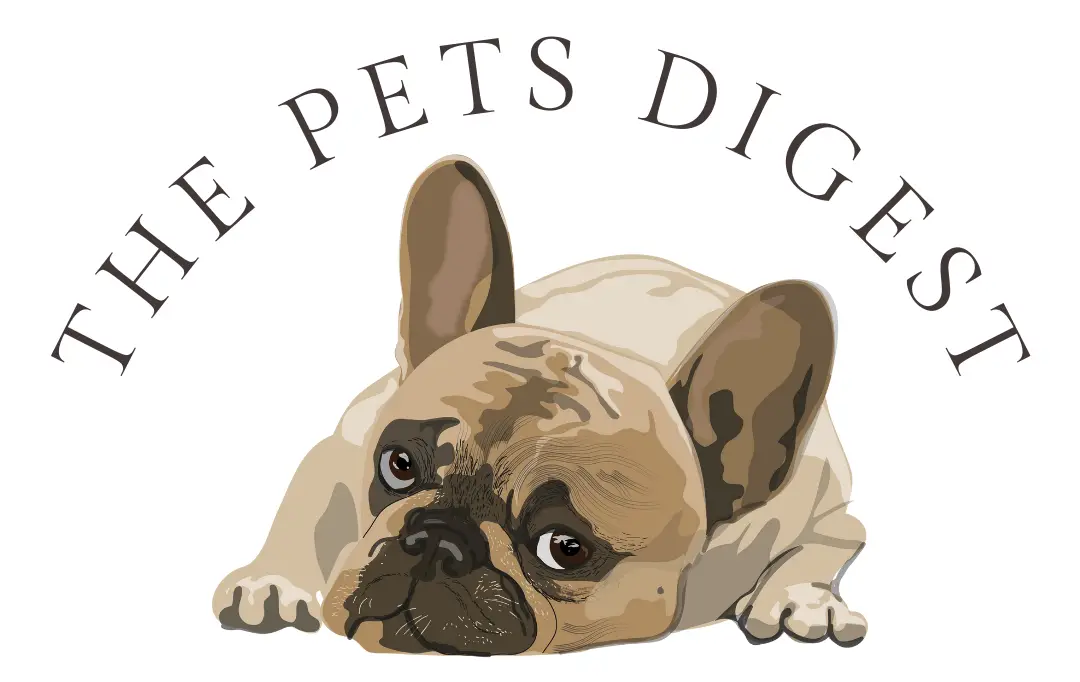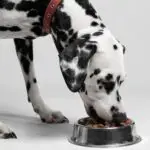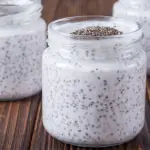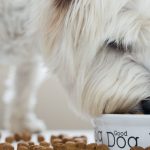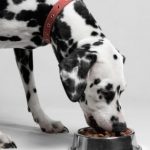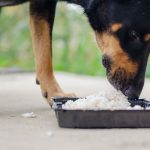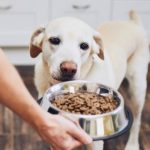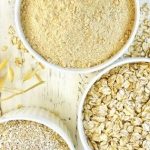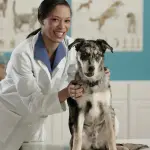History has shown the world that early and rapid detection of COVID-19 is critical in keeping numbers down and curbing the spread of the virus.
Who would have thought that one of the greatest fighters of COVID-19 spreading could be sitting on your living room floor and will work for treats? Recently there has been a ton of notice given to dogs and their keen sense of scent for help in the fight against COVID-19 as many scientists have been studying them as preliminary ‘rapid’ detectors.
How can dogs smell COVID-19?
Dogs have almost 100 times the olfactory receptors in their noses as we do, almost three hundred million to our five million.
It has been shown that they are extremely sensitive to scents as dogs are able to sniff out the differences between healthy people and those with cancer, MRSA (Methicillin-resistant Staphylococcus aureus), and Parkinson’s disease. There have even been studies that show they are able to sniff out malaria infections in children with 73% accuracy just by smelling their socks.
Thus far there haven’t been too many studies published about COVID scent dogs but there are several ongoing at the time. One study published in PLOS ONE showed that the virus may actually have an odor that dogs can smell in urine and saliva. The same researchers of this study are now studying if dogs are able to sniff out the virus on T-shirts.
Since we are just learning more about how scent detection of the virus works in dogs, researchers are still unsure as to exactly how dogs are sniffing out the virus, it could be that they are actually smelling the virus itself or detecting a change in the body triggered by infection.
While it is still unclear as to the method dogs are able to ‘smell’ coronavirus it is quite obvious that they have the ability to do so and do it well. In a study at the London School of Hygiene and Tropical Medicine researchers found that they could detect infection with up to 94.3% sensitivity meaning that they correctly identified 94 out of every 100 people infected. This is just slightly less sensitive than PCR tests, at 97.2%. There was a total of 3,921 people and 1,097 of them were infected with the virus and they were 92% correct in identifying negative samples of 2,031 individuals.

Why use dogs?
Speed: The gold standard method for detection of COVID-19 has been PCR, but this takes time usually at least 24 hours, whereas dogs could possibly detect if someone was positive or negative with a quick sniff. This would be great for places that get crowded quickly and people are often on a tight schedule like airports, schools, and concerts. So while dogs may not be as accurate as a PCR test they are a great deal faster!
Cost: After the cost of proper training using dogs to detect the virus is an efficient and relatively inexpensive method that can be used to screen out those that need further testing
Invasiveness Currently, detection is accomplished through throat and nose swabs which can take hours to days for results and can possibly cause nosebleeds, irritation, and pain. But since all a dog has to do is sniff you or an item of your clothing it is extremely non-invasive and painless.
Global Impact: COVID sniffer dogs would be of great value in underdeveloped countries where they may not have the resources necessary to check a large number of their population for the virus. Detection dogs could be used to weed out those that need further testing, especially if test supplies are limited, this could be a much needed positive impact on screening in these countries
How are dogs trained?
It takes quite a bit of time to train a dog to sniff out diseases and viruses, about 8-10 weeks to be exact. The dogs are initially trained to detect a target scent and are rewarded once they have succeeded. After mastering this step, they are then trained to sniff out the virus on positive or negative humans or their clothing.
What breed of dog is best?
Dogs that make great COVID detection dogs have a great sense of smell, good temperament, and patience for being in large crowds of people
- Bloodhounds
- German Shepherd
- Golden retriever
- Spainels
Are there any downsides to using dogs?
Cost: it can be extremely expensive to train bio-detection dogs (although they are still cheaper than conventional testing methods)
Complimentary: While not really a down-side, but just something to keep in mind that the dogs are complementary to any other testing methods and should not be used as the sole source of negative or positive results
Overworking: One thing to keep in mind is that the dog’s care should always come first, while they are working dogs, they are still living creatures that deserve love and happiness. The dilemma of overworking should be heavily monitored and while most working dogs are well taken care of there should be a standard of care across the board to ensure the health and well-being of all the dogs used.
Infection: Ensuring that the dogs are also well-protected from the virus is essential as it has been proven that dogs can get COVID-19. If you want to read about dogs getting the virus, read our article here.
References
